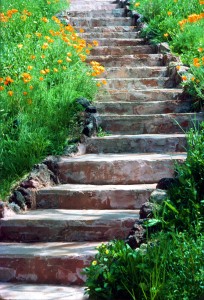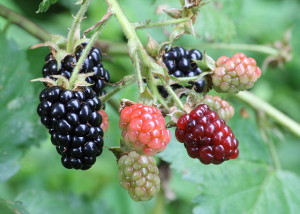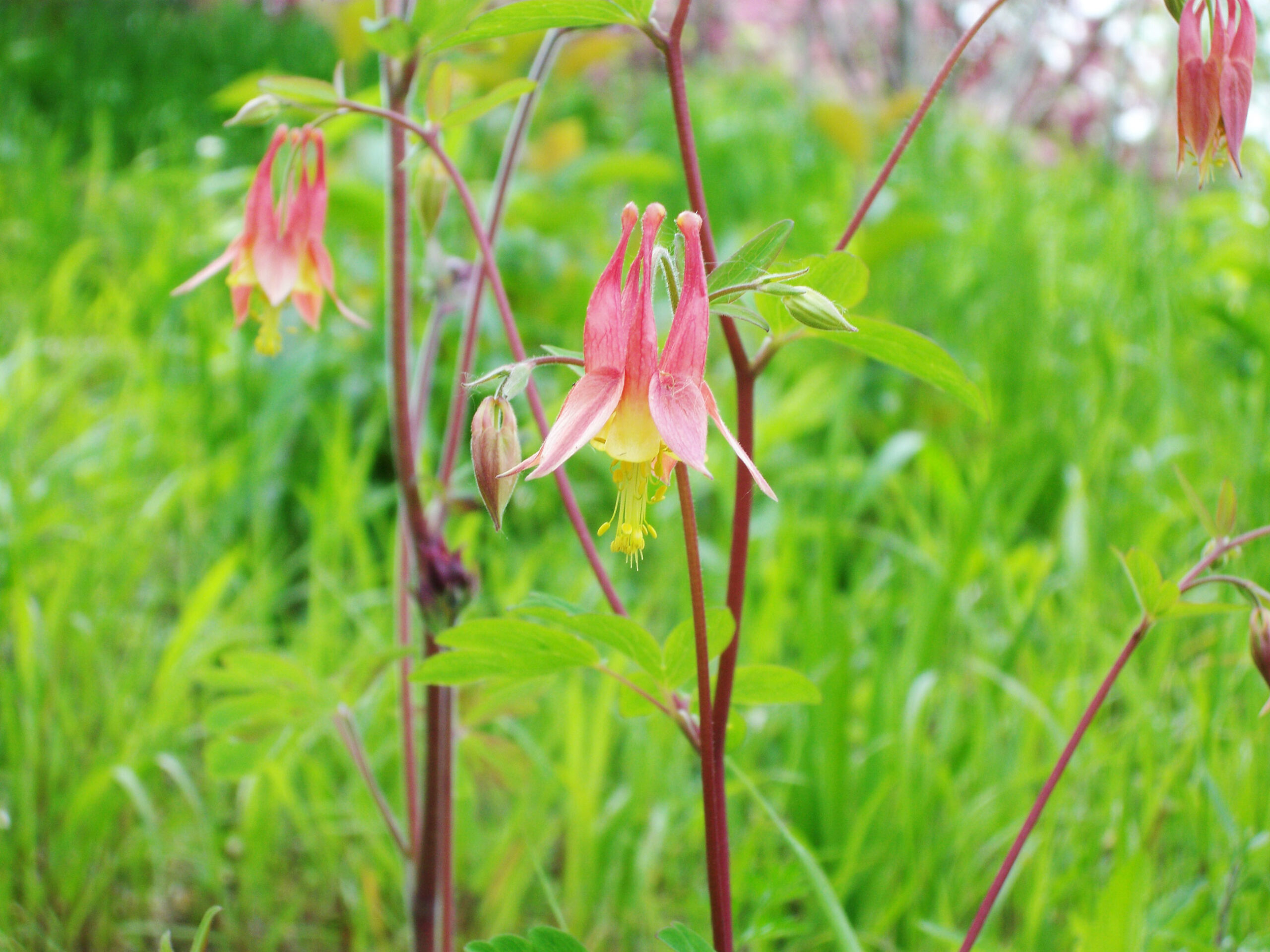Urban foraging could be a hobby that is also good for your health! Learning to identify wild plants and how to use them as food is useful knowledge for anyone. Foraging is a great survival skill that everyone should learn, additionally it’s an alternate way to eat healthy food, naturally, as an alternative to processed food. This article will help you to learn about wild edible plants and foraging.
Imagine you got into a ship wreck and were stranded on a deserted island where you have nothing but wild plants to eat. Would you be able to recognize which plants are safe for you to eat? When you have no choice but to forage on wild plants, the basic skills to identify useful plants and the ability to distinguish them from the poisonous ones is necessary…it could even save your life.
Even at home, wild edible and plants can provide healthy alternatives to highly processed foods. Collecting food and usable goods from cities is often referred to as urban foraging. It is a fun hobby and could allow you to get close to the nature and spend some quality time outdoors, engaging in light physical activities. You should also be aware of the proper collection and preparation methods of these plants.
Even if you live in the city, you can forage and collect these plants from around your home, local parks, abandoned fields, alleys and sidewalk, and trees from roadsides to collect your food.
Urban foraging for food
 It’s amazing how you miss the little things in the city when you are going through your busy day. You would be surprised by how many useful types of forage there are growing all around you, even in the city. You don’t even have to go very far. Just a walk around your city park, your local church, or sidewalks could be all you need to find some great edible forage which is all natural.
It’s amazing how you miss the little things in the city when you are going through your busy day. You would be surprised by how many useful types of forage there are growing all around you, even in the city. You don’t even have to go very far. Just a walk around your city park, your local church, or sidewalks could be all you need to find some great edible forage which is all natural.
Many plants may be growing in the park or in the wild that are not available in the supermarkets, and you may not even recognize them. Urban foraged food also taste better and are higher in nutritional value than many varieties found in the grocery store.
There are often social groups you can join to go on foraging excursions and learn from the leaders of urban foraging groups. There are also apps and websites available for urban foraging. Take pictures and study the plant that you are about to eat, and your guidebook or app would be able to tell you if they are safe for consumption.
Wild edible plants
To learn about wild edible plants, you must study them, look at their photos and descriptions very closely. Some edible plants have deadly poisonous look alikes and it’s very easy to get confused. a field guide is your best option to learn about them. Make sure that you stay safe from the poisonous ones.
Benefits:
No matter where you live, chances are there is some kind of wild edible plants growing near you. Many wild plants are highly nutritious. For example, dandelion which you might think of as a garden-variety weed is actually an amazingly nutritious edible plant.
Hazards:
There are many dangers associated with collecting and eating wild foraged plants. Consider the place where your food was growing.
Three things to consider before harvesting
- Was it exposed to high amounts of chemicals or pesticides?
- Is the area you are harvesting from close to a busy road?
- Are the plants being exposed to high levels of pollution?
(Source: Wild Edible Plants: Benefits, Hazards, and Major Groups)
Some good plants for consumption

“Ripe, ripening, and green blackberries” by Ragesoss – Own work. Licensed under CC BY-SA 3.0 via Wikimedia Commons.
- Wild strawberry
- Wild plums
- Blackberries
- Sweet chestnuts
- Hazels
- Walnut
- Crab apples
- Wild pears
- Wild edible mushrooms
- Wild edible greens
- Rosehips
Some poisonous plants
- Poisonous mushrooms
- Cowhage.
- Poison ivy.
- Poison oak.
- Poison sumac.
- Rengas tree.
- Trumpet vine.
(Source: Wilderness Survival: Poisonous Plants)
Caution: When foraging, practice safety, wear protective clothing, use gloves and keep a first aid kit handy. Don’t eat anything unless you are sure of it. Also consider if you have picked the right species and not its poisonous look alike.
To learn more about plants and food, please visit our site regularly. Click here to book a meeting with us.
We would appreciate your feedback, so please click here to visit our Facebook page and leave a comment, or simply like our posts. You may also leave a comment below in the comment box.
Source: Nourish the Planet



